Fake News Impact on Social Media: A Detailed Report
VerifiedAdded on 2020/04/15
|5
|666
|313
Report
AI Summary
This report examines the pervasive issue of fake news within the context of social media platforms. It begins by defining fake news and its characteristics, highlighting its detrimental impact on public perception and decision-making. The report analyzes how social media facilitates the rapid dissemination of false information, often through misleading headlines and fabricated sources. It explores the strategies used to create and spread fake news, including manipulation of images and the distortion of real events. The report references specific examples, such as the Christian Times Network, to illustrate the methods used to create and distribute false narratives. Furthermore, the report emphasizes the importance of critical evaluation and fact-checking, urging readers to be skeptical of information encountered on social media and to verify sources before accepting claims. The report concludes by highlighting the impact of fake news on political decisions and public opinion, emphasizing the need for informed media consumption and the role of platforms such as Snopes.com in combating misinformation. Students can find similar assignments and solutions on Desklib.
1 out of 5
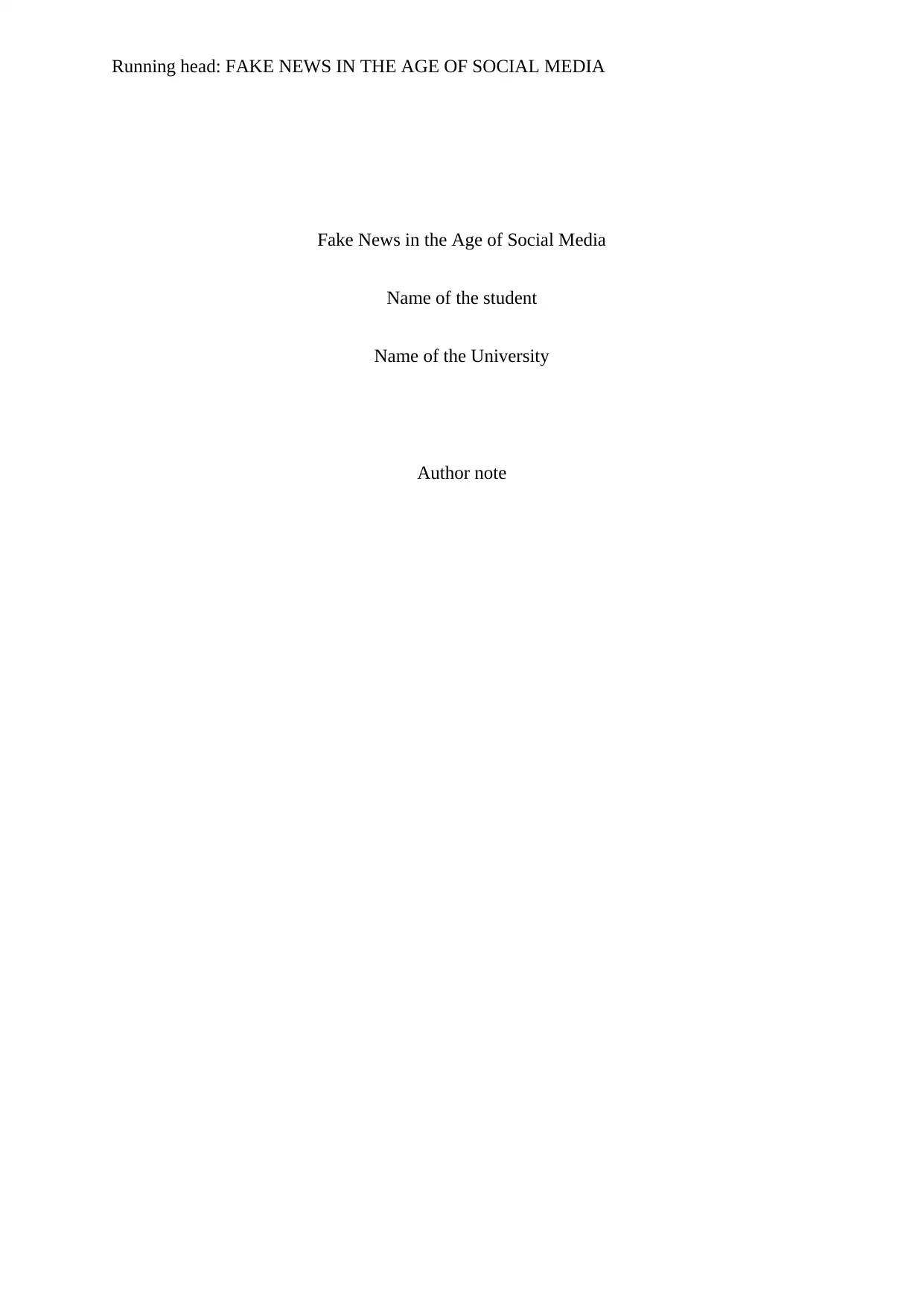
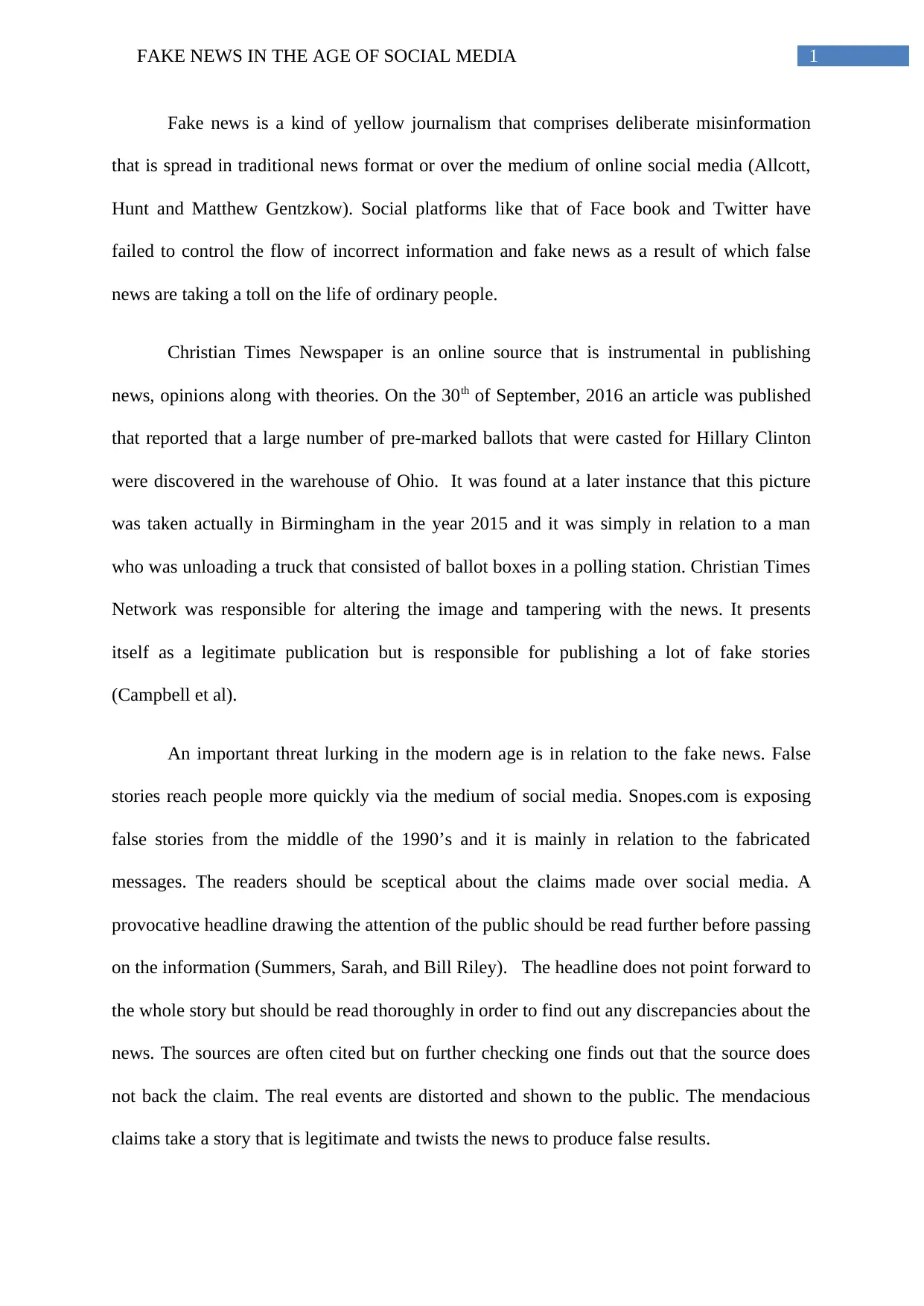
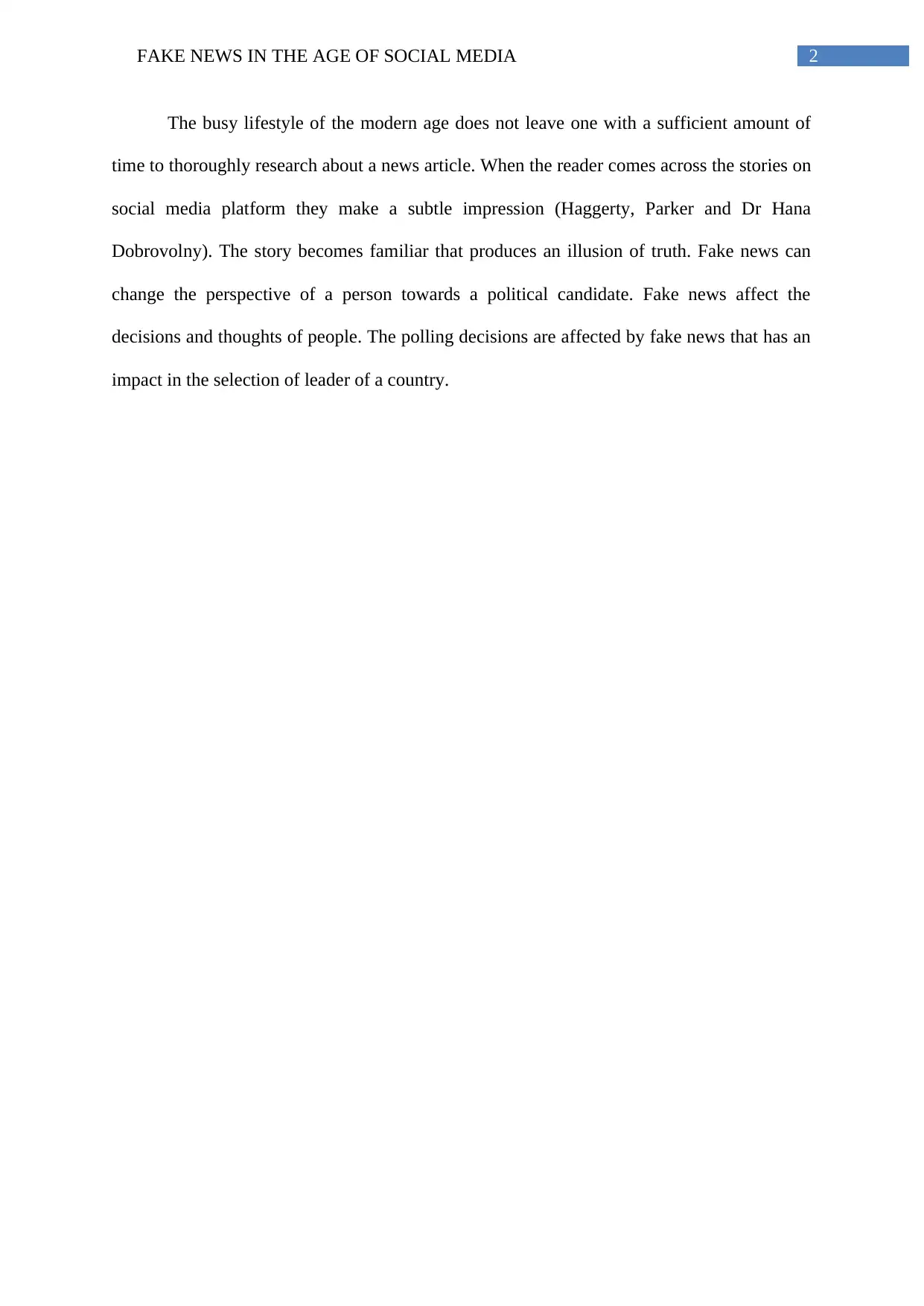

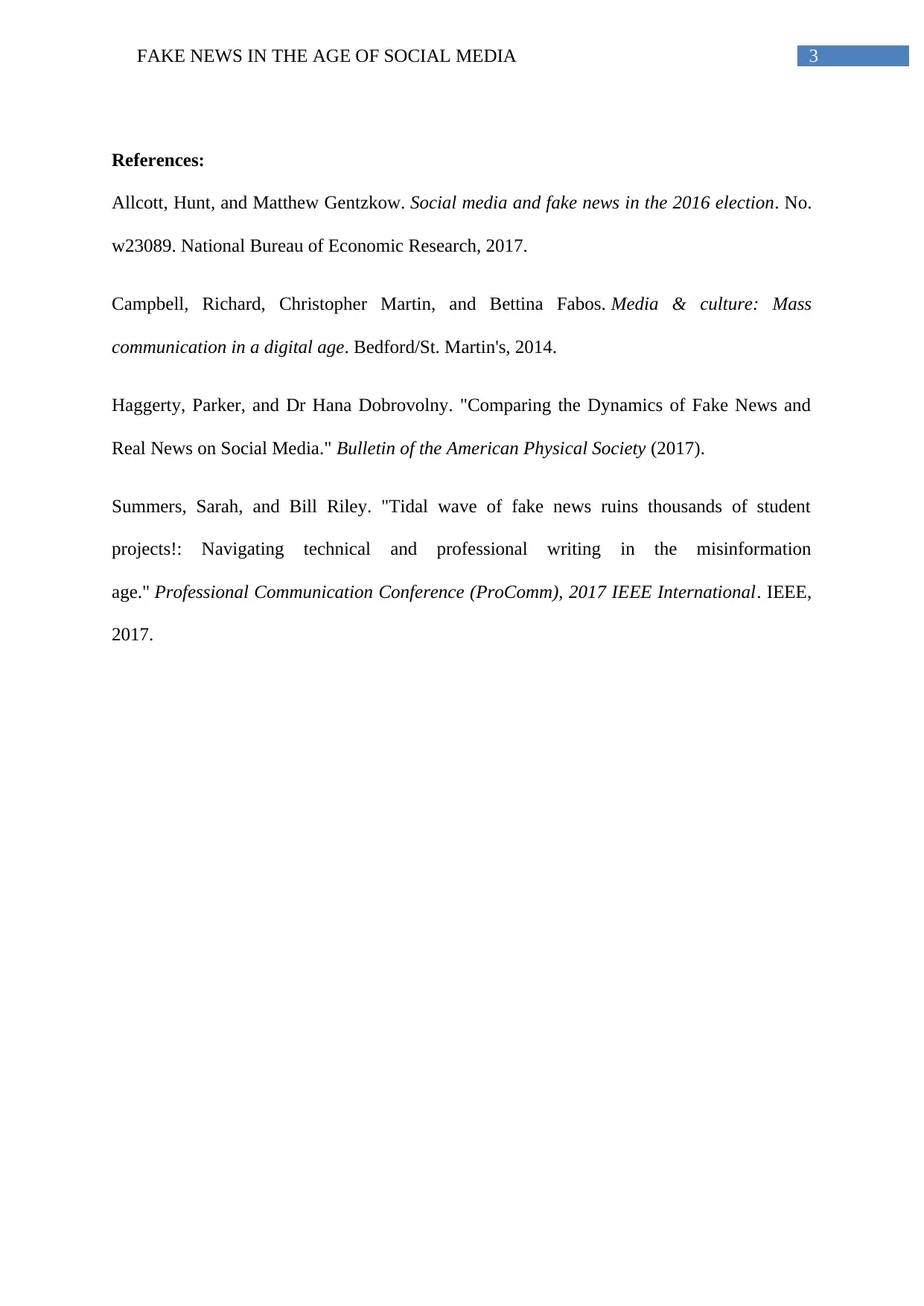
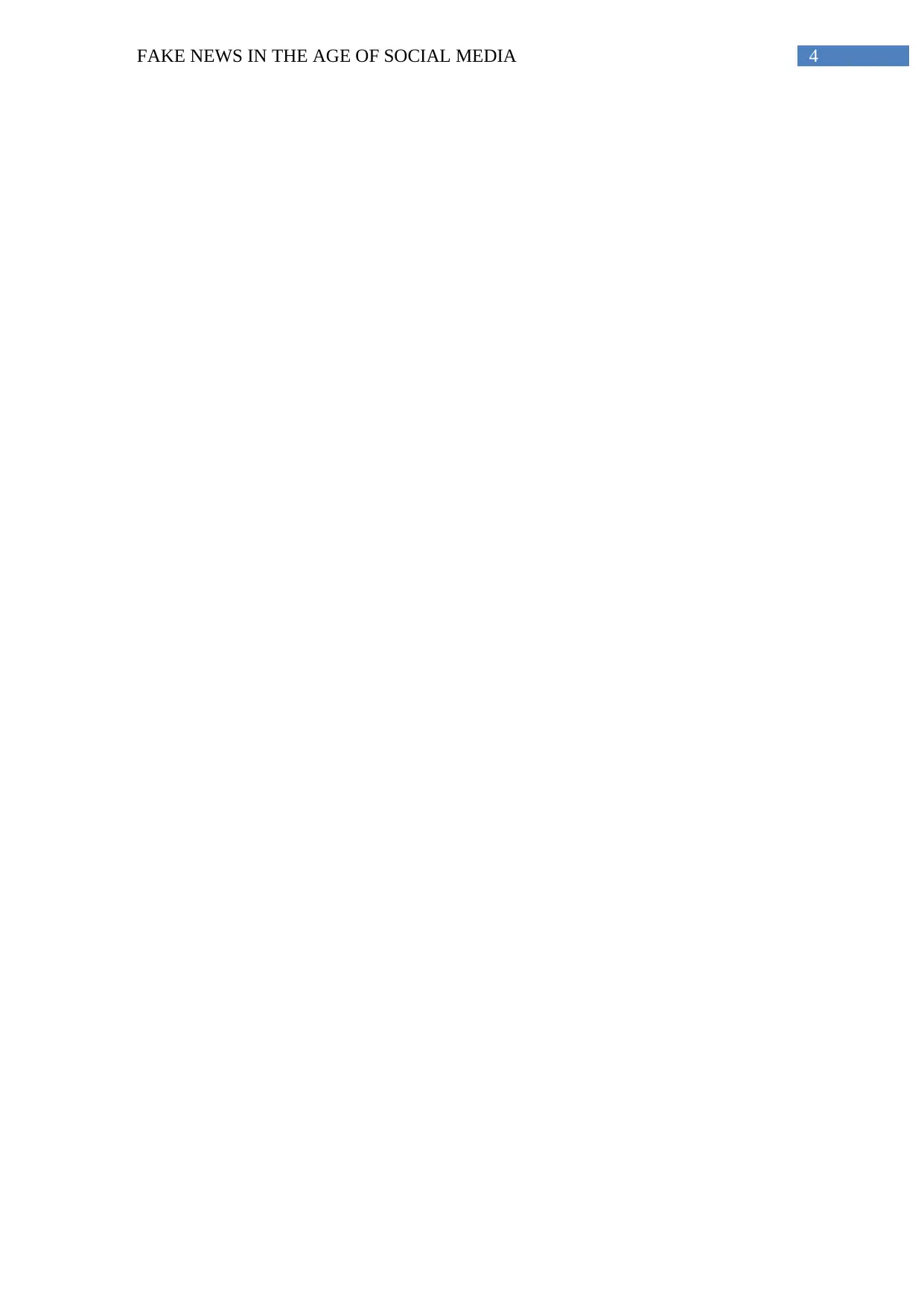





![[object Object]](/_next/static/media/star-bottom.7253800d.svg)